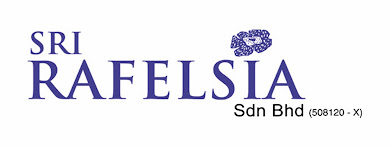Dysgraphia is a difficulty is forming letters and handwriting in general. Learners with dysgraphia generally show less interest in activities that involve pencils and paper. Some early signs like poor grip and an inability to stack blocks or pick up small objects would usually have been observed.
This is why it is very important to play with children and observe for any possible difficulties they face. These difficulties are more easily corrected at a young age than when they are older. If not addressed early, this can lead to more complex problems later on especially when these children grow and the demands of handwriting become more. Some other later signs include poor penmanship skills, poor ability to take notes, make notes, write essays etc.
If you notice any of these difficulties in your children, you should take active action not assume that it will disappear by itself.
Dysgraphia sometimes also coexists with dyslexia and dyscalculia. So a difficulty in learning to read and understanding mathematical concepts might be another sign to look out for. If you child finds it difficult to understand how vertical addition works, even though you have taught it to them numerous times and the tuition teacher has done it over and over again too, then, realising that it is a learning difficulty is important.
Parents tend to think that a learning difficulty can be remedied with tuition classes. Tuition classes aim to re-teach the pre-existing syllabus. Intervention and learning support focus on the learner and they set of cognitive deficits rather than the syllabus. The problem is not the content of the syllabus - the problems lies with how a learner is processing information. That process needs to be "fixed". You can keep on and on re-teaching but it the receiving end is faulty, nothing is going to "stick" no matter how many times u re-teach it. Teaching and re-teaching is the role of a tuition teacher. So the best tuition teacher is NOT going to be able to help.
You need intervention not tuition for the learner / child.
This is why it is very important to play with children and observe for any possible difficulties they face. These difficulties are more easily corrected at a young age than when they are older. If not addressed early, this can lead to more complex problems later on especially when these children grow and the demands of handwriting become more. Some other later signs include poor penmanship skills, poor ability to take notes, make notes, write essays etc.
If you notice any of these difficulties in your children, you should take active action not assume that it will disappear by itself.
Dysgraphia sometimes also coexists with dyslexia and dyscalculia. So a difficulty in learning to read and understanding mathematical concepts might be another sign to look out for. If you child finds it difficult to understand how vertical addition works, even though you have taught it to them numerous times and the tuition teacher has done it over and over again too, then, realising that it is a learning difficulty is important.
Parents tend to think that a learning difficulty can be remedied with tuition classes. Tuition classes aim to re-teach the pre-existing syllabus. Intervention and learning support focus on the learner and they set of cognitive deficits rather than the syllabus. The problem is not the content of the syllabus - the problems lies with how a learner is processing information. That process needs to be "fixed". You can keep on and on re-teaching but it the receiving end is faulty, nothing is going to "stick" no matter how many times u re-teach it. Teaching and re-teaching is the role of a tuition teacher. So the best tuition teacher is NOT going to be able to help.
You need intervention not tuition for the learner / child.





0 Comments